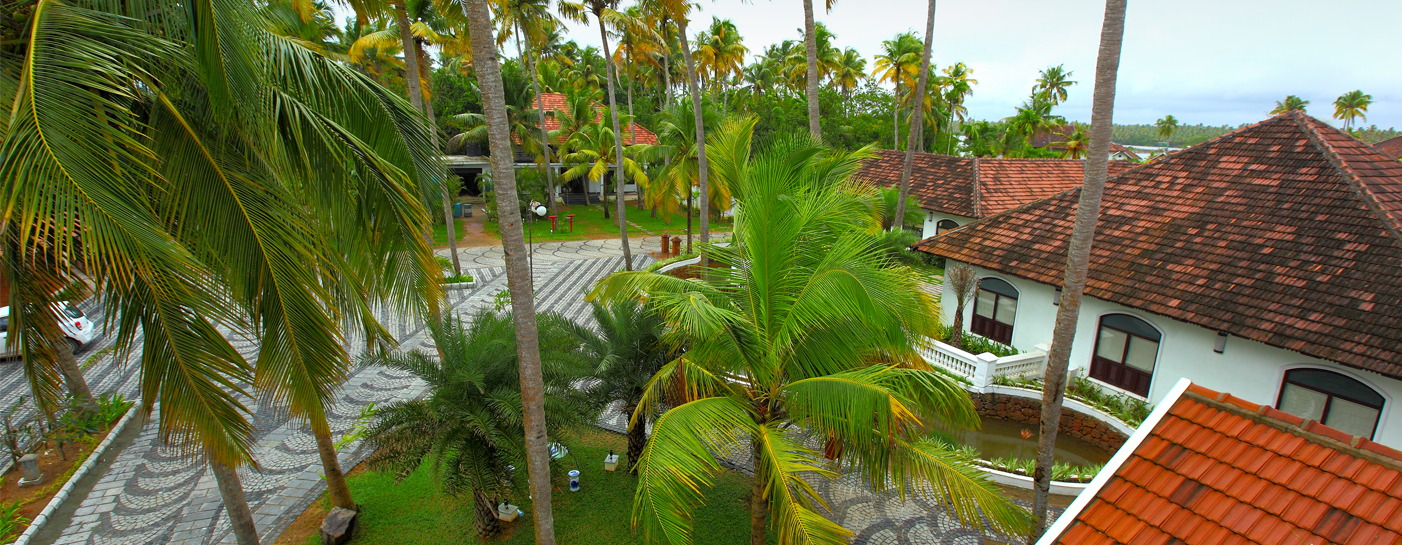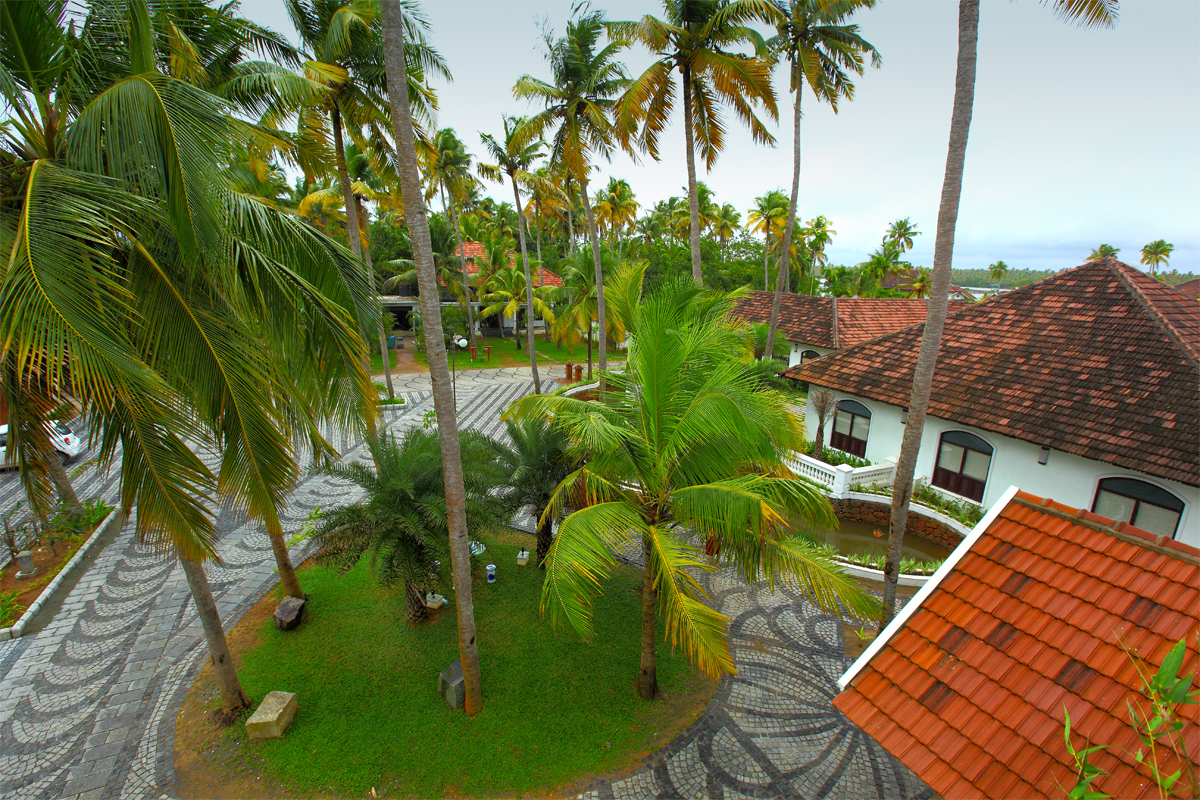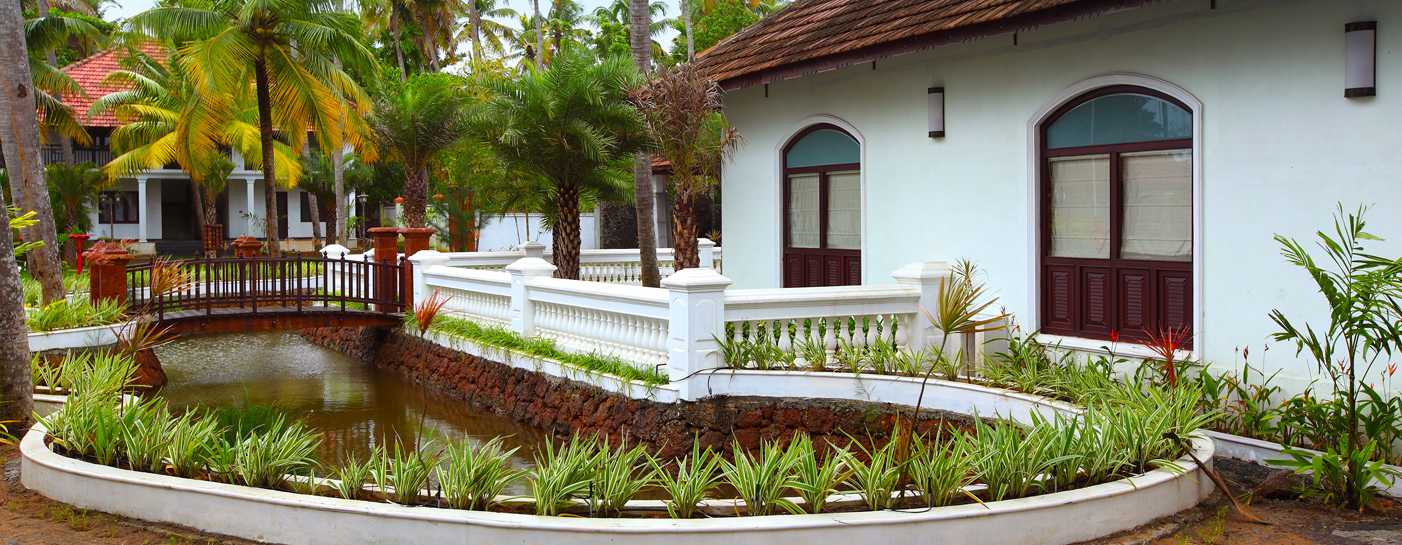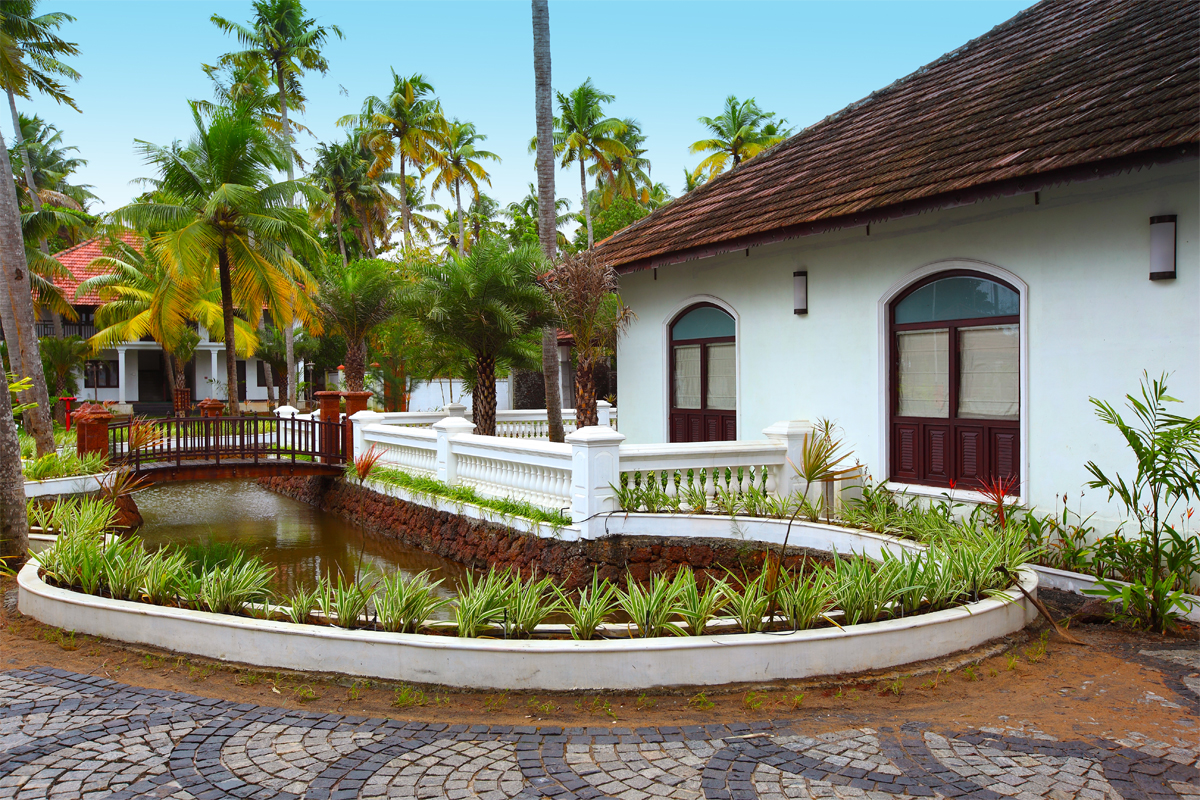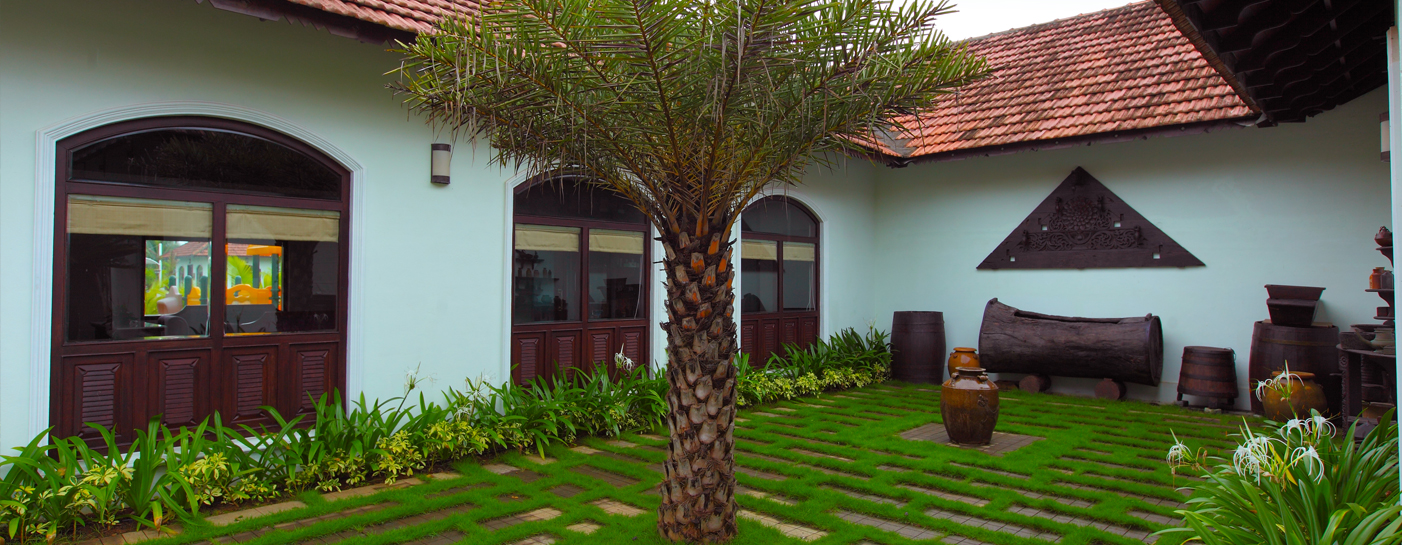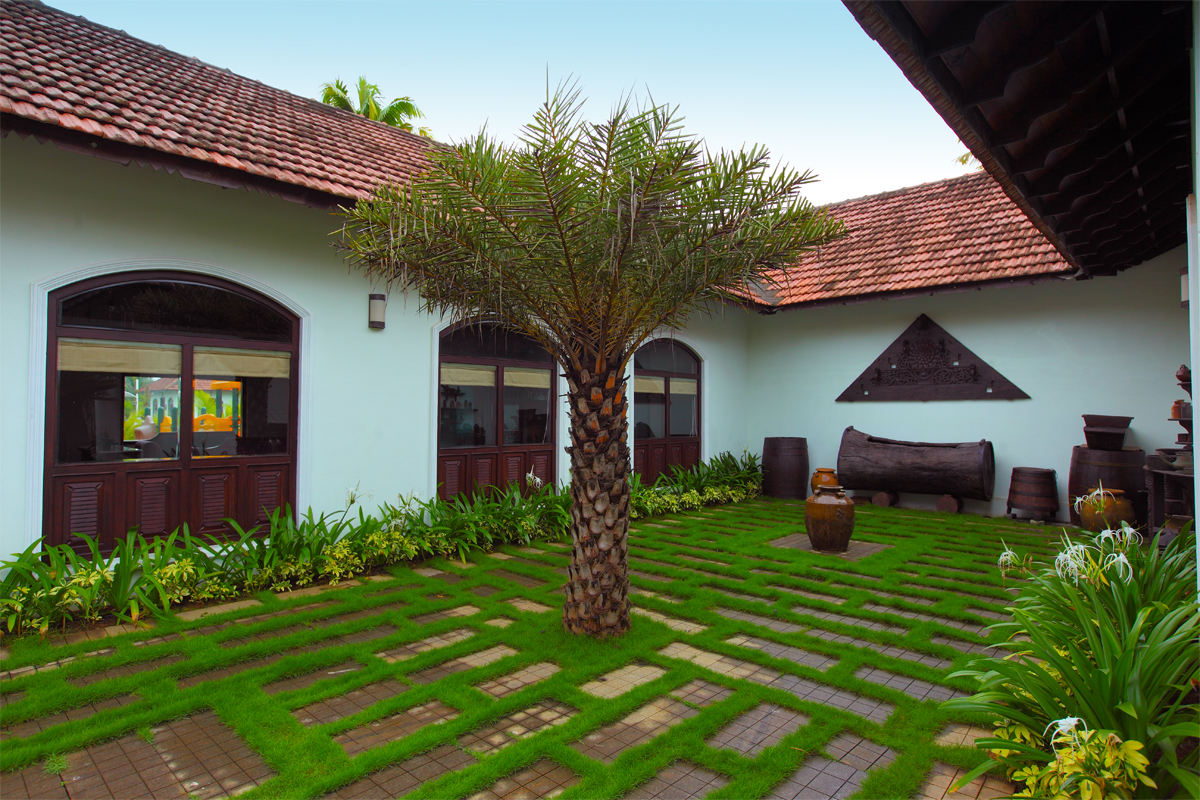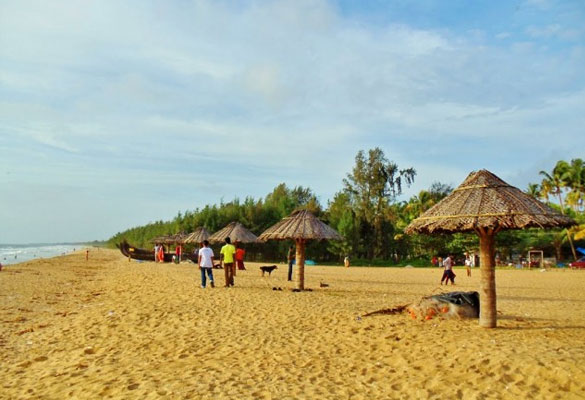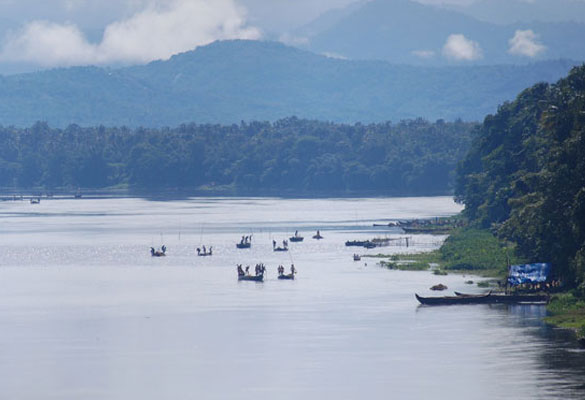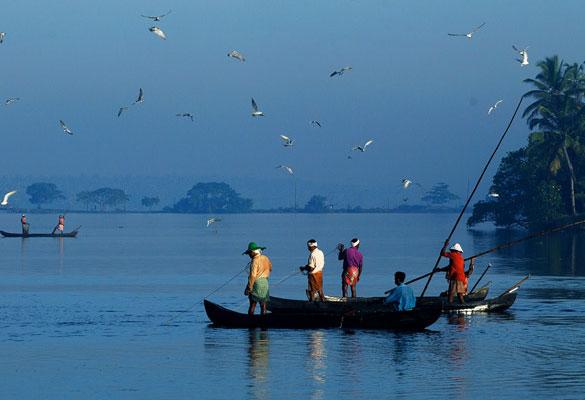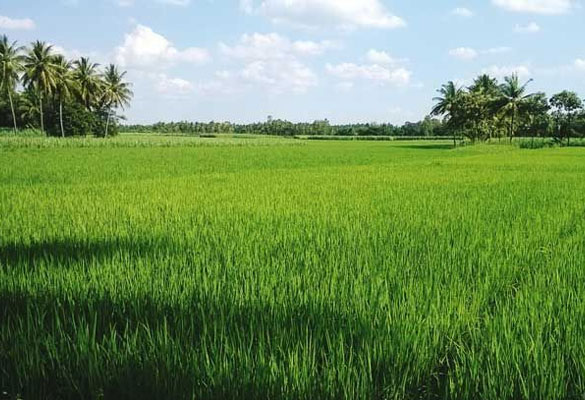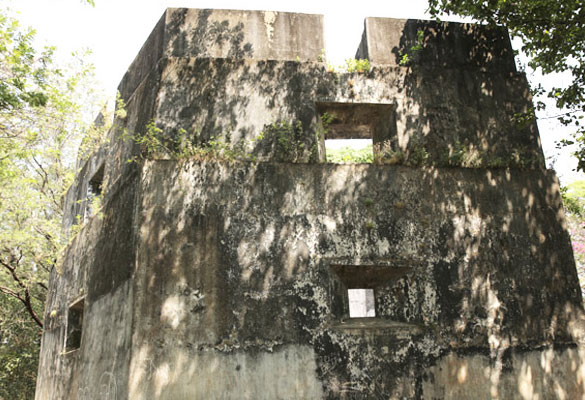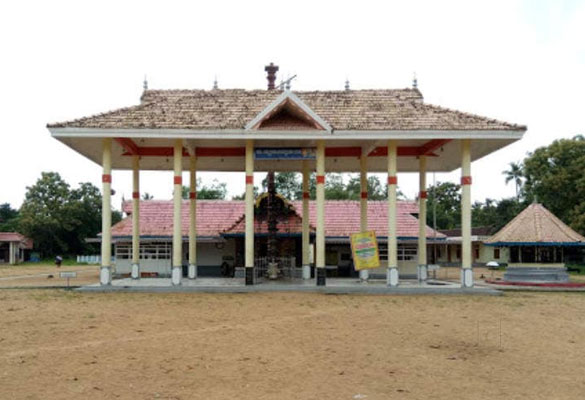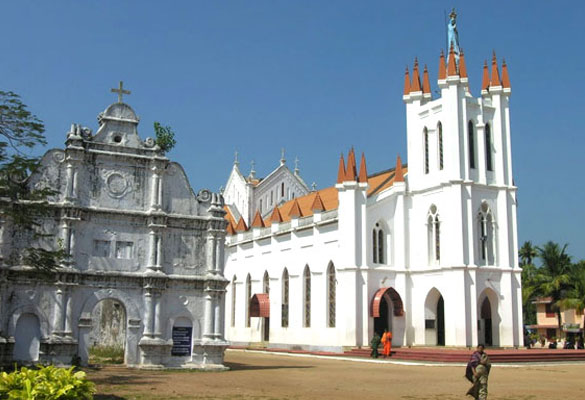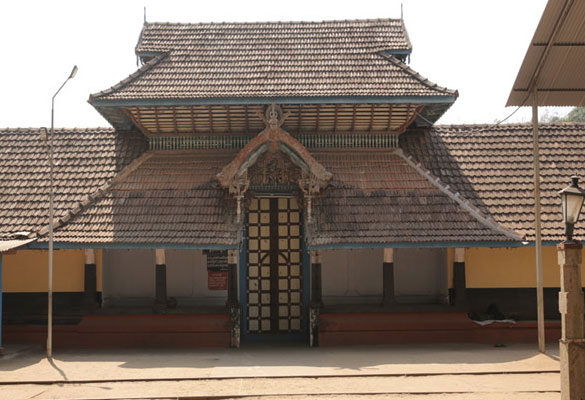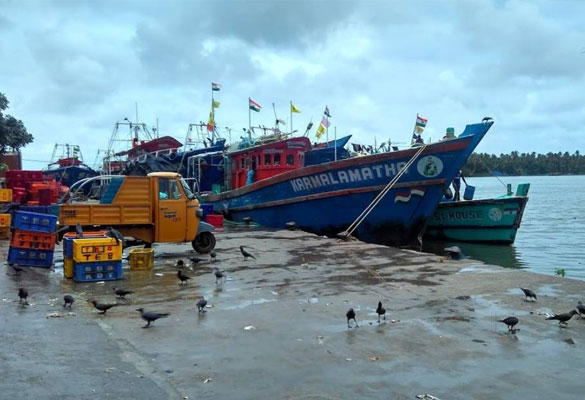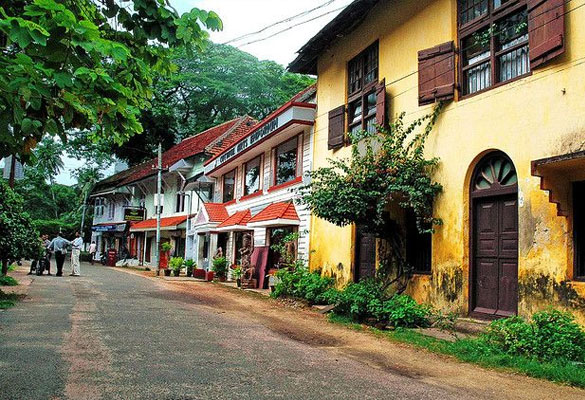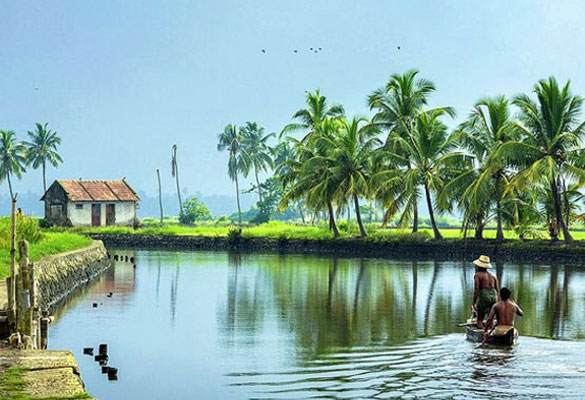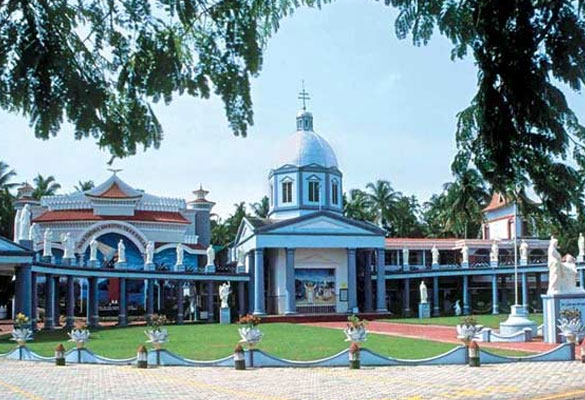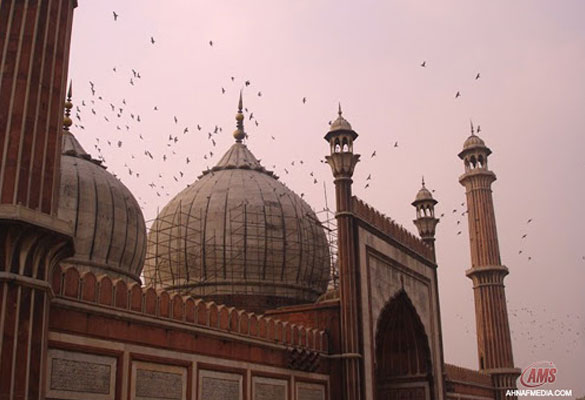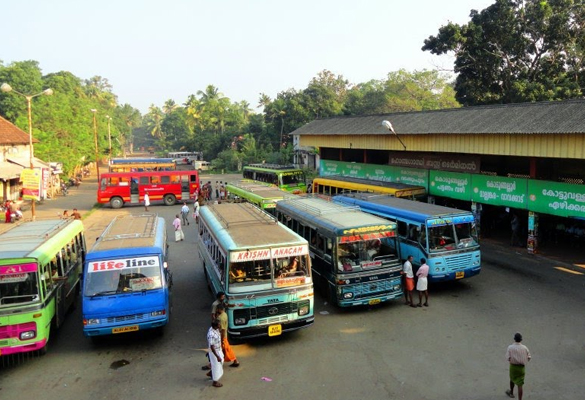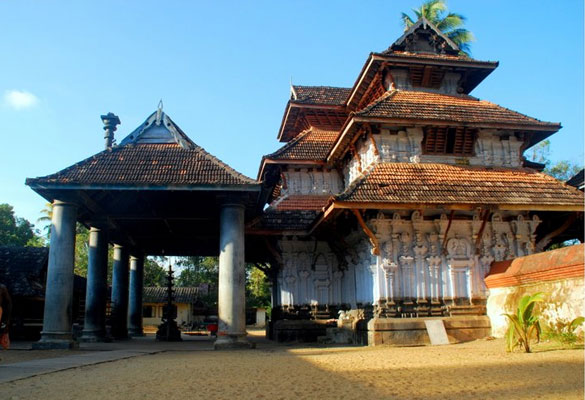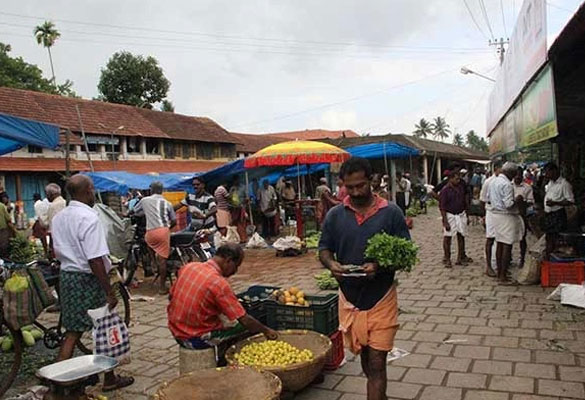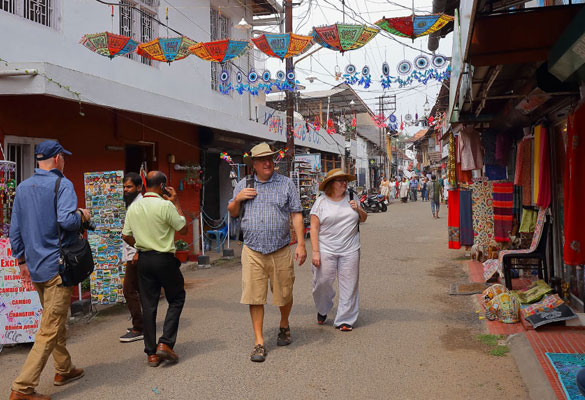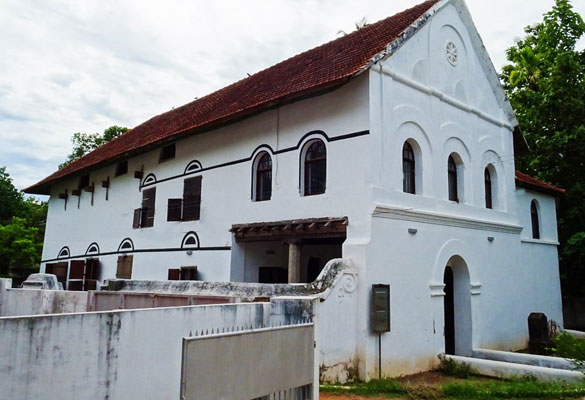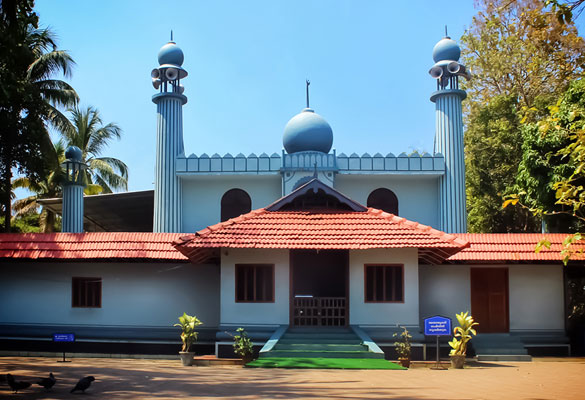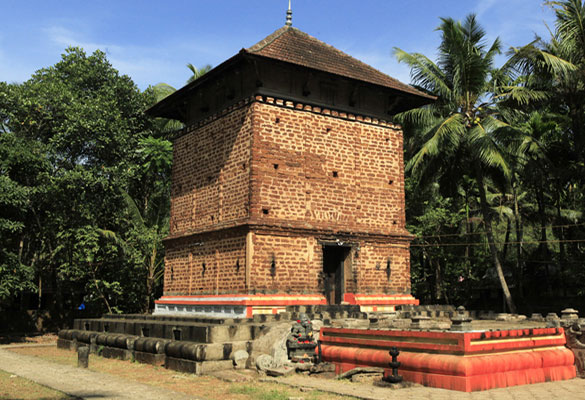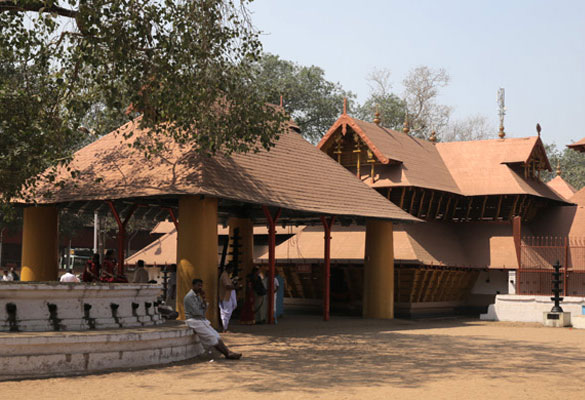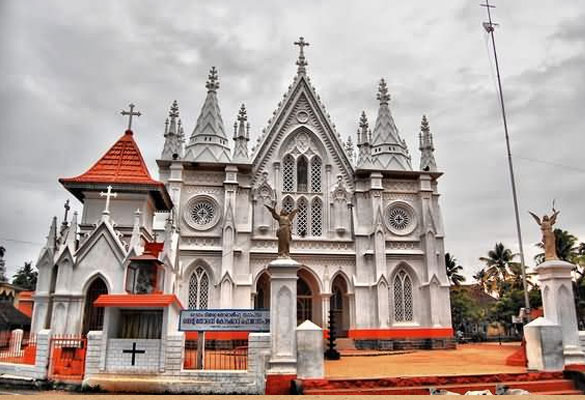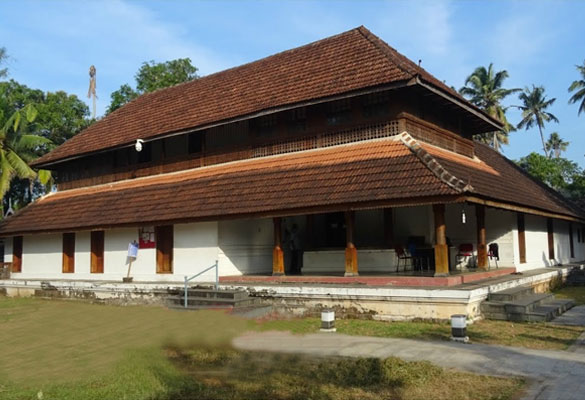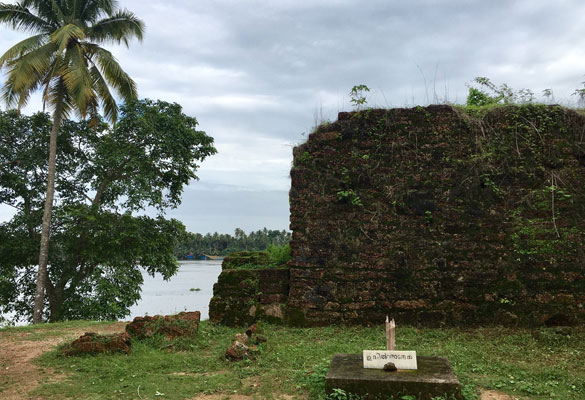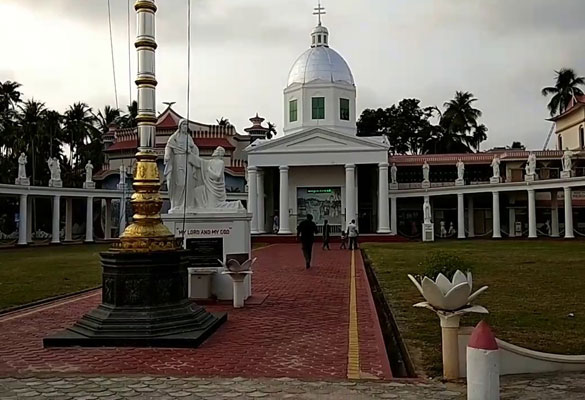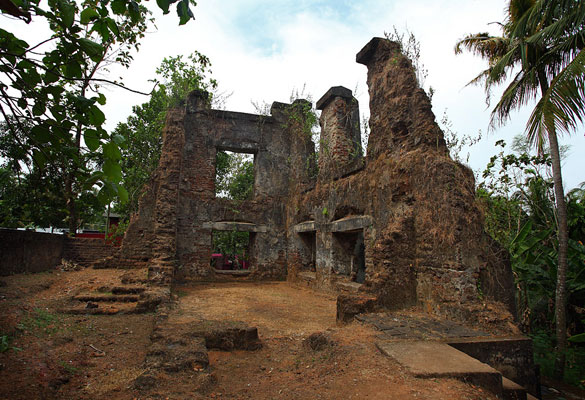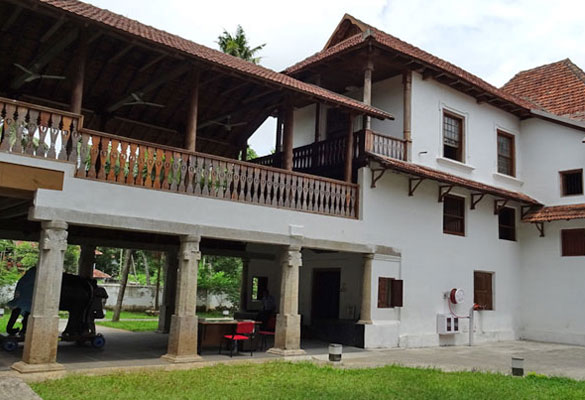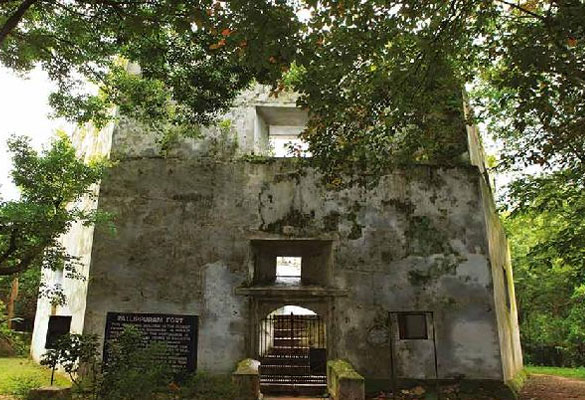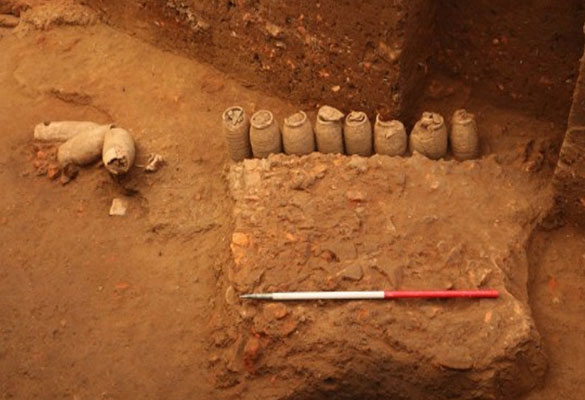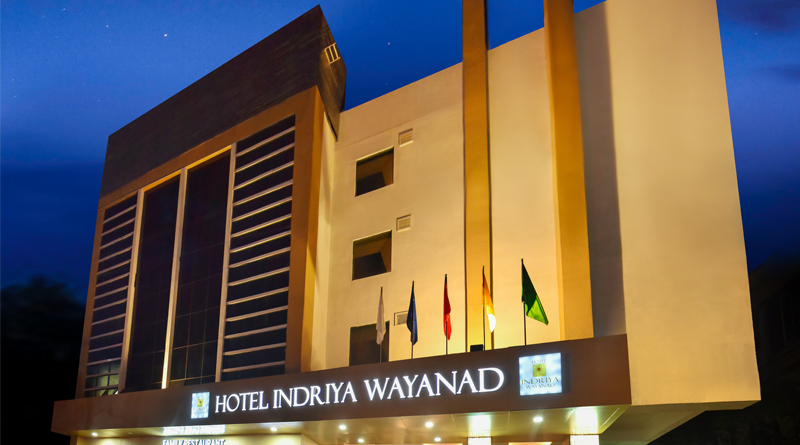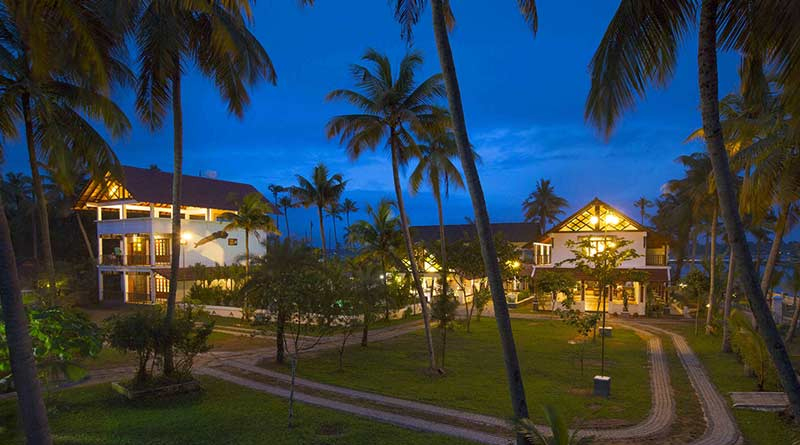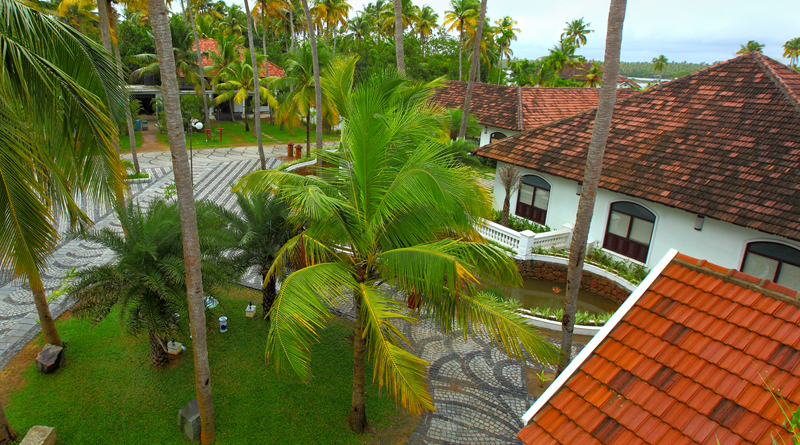Pattanam Excavation Site
The Pattanam excavations were the first ever multi-disciplinary excavations undertaken in Kerala. The first part of the project was a surface survey for archaeological and historical evidence in the region. This was followed by extensive excavations at the early historic urban site of Pattanam. The main objective of the excavation was to search for archaeological evidence that would help to locate/identify an early historic urban settlement and the ancient Indo-Roman port of Muziris or Musiri on the Malabar Coast.
The site at Pattanam covers approximately 1.5 sq. km and the core area measures about 600 x 400 m. Many important findings were obtained like human bones, storage jars, a gold ornament, glass beads, stone beads, utilitarian objects made of stone, copper and iron, typical pottery, early Chera coins, brick walls, a brick platform, a ring well, a wharf with bollards, and a six meter long wooden canoe. The structures indicate a vast ‘urban’ settlement. The excavations also suggest that the site was first occupied by indigenous "Megalithic" (Iron Age) people, followed by the Roman contact in the Early Historic Period. It appears that the site was continuously occupied at least from the 2nd century BC to the 10th century AD. The maritime contacts of this region during the Early Historic Period seem to have been extensive as evidenced by the large number of Roman amphora shreds, a few Terra Sigillata shreds, Sassanian, Yemenite and other West Asian potteries. Proliferation of roulette ware probably made in the Bengal-Gangetic region signifies the site's importance in the pan Indian context as well.



